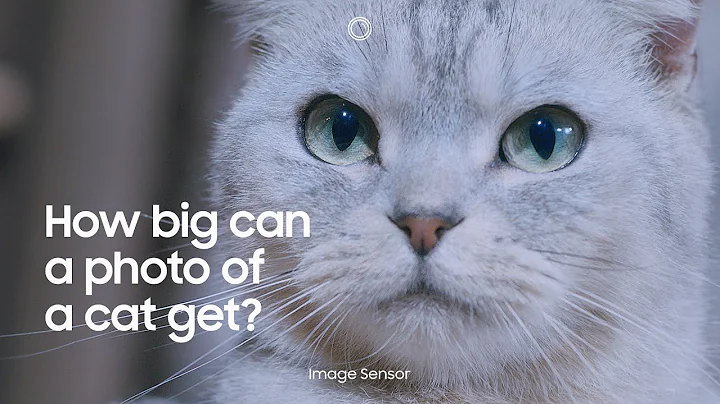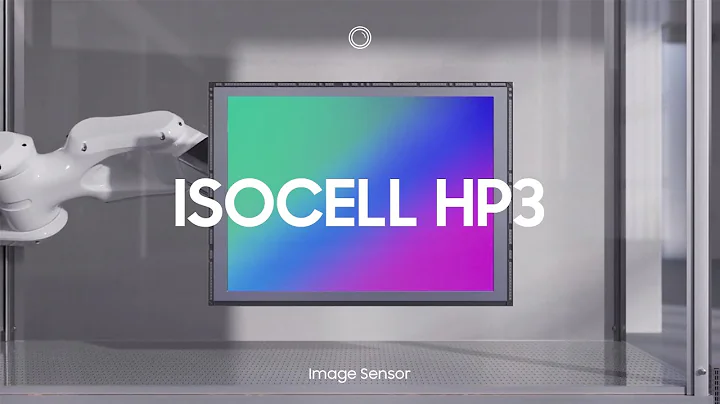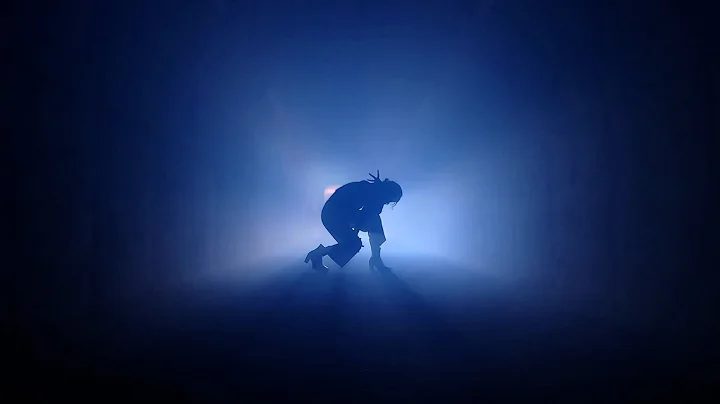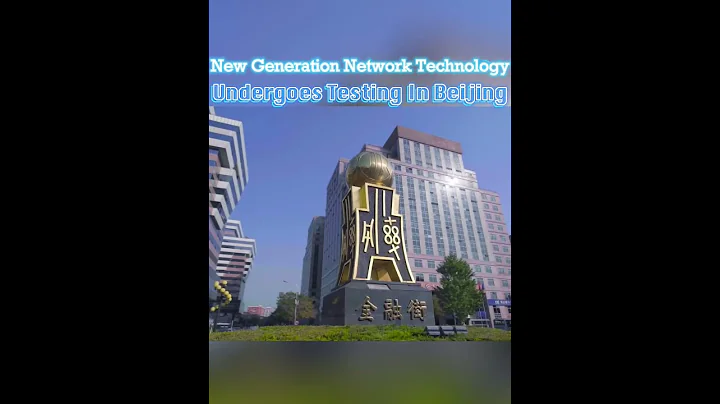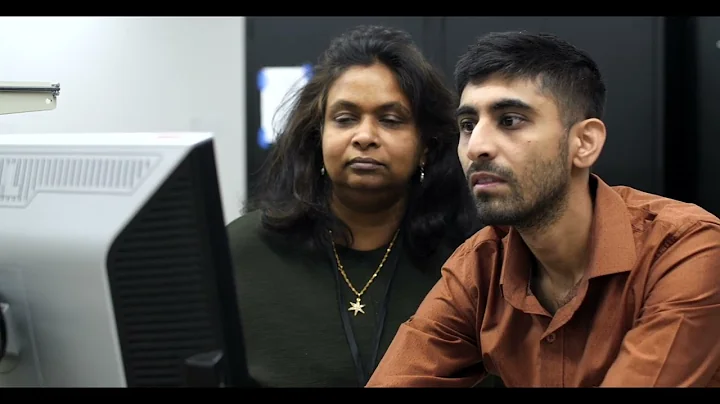
Samsung (Samsung), which released the 0.64 micron (Micron, µm) pixel ISOCELL HP1 sensor only last year, recently announced the launch of the industry's smallest 200 million pixel (200MP) mobile phone camera sensor ISOCELL HP3. Since each pixel is only 0.56 micron in size, Therefore, it can produce a smaller 200-megapixel sensor, thereby ensuring that its high-end smartphones can show the advantages of being even thinner and lighter. The
HP3 sensor is only 1/1.4 inches in size, making it the smallest 200-megapixel mobile phone camera sensor in the industry to date. Samsung also claims that the HP3 component has the industry’s smallest 0.56 micron pixels, which is 12% smaller than the 0.64 micron pixels on HP1, which can reduce the surface area of the camera module by 20%. But this statement is not correct, because OmniVision Technologies, with the assistance of TSMC's 28-nanometer process node, launched the industry's smallest 0.56-micron pixel 200 million pixel sensor as early as February this year, but its sensor size is smaller than HP3 is just a little bigger.
In any case, Samsung has equipped this new sensor with many advanced technologies. In addition to the autofocus detection capability of each pixel, and through the "Super QPD" phase focusing technology that can cover 4 pixels with a single lens, Achieve faster and more accurate focusing. HP3 also supports pixel integration technology, which can integrate four 0.56-micron pixels into a larger 1.12-micron 50-megapixel sensing component to improve better low-light photography capabilities. In addition, it even provides equivalent performance through pixel 16-in-1 technology. 2.24 micron 12.5 million pixel capture capability.
In terms of dynamic video recording, the new HP3 sensor supports nearly full sensor width 30FPS 8K images and 120FPS 4K image recording. It can provide 14-bit color depth and 4 megabytes of colors, which is the 12-bit standard on most current smartphone sensors. 4 times the original color depth. The
HP3 sensor is expected to begin mass production this year, and consumers may see the launch of 200-megapixel smartphones using this sensor in 2023. It is said that the Samsung Galaxy S23 Ultra mobile phone to be launched next year will have this sensor built into it. Similarly, OmniVision's 200-megapixel image sensor that supports 0.56 micron pixels is expected to be installed in mainstream smartphones in early 2023. In addition, Motorola is expected to launch a 200-megapixel smartphone equipped with HP1 sensor in July. Despite the different sensor classes, the 200MP smartphone war is fully underway.
(first image source: Samsung)


